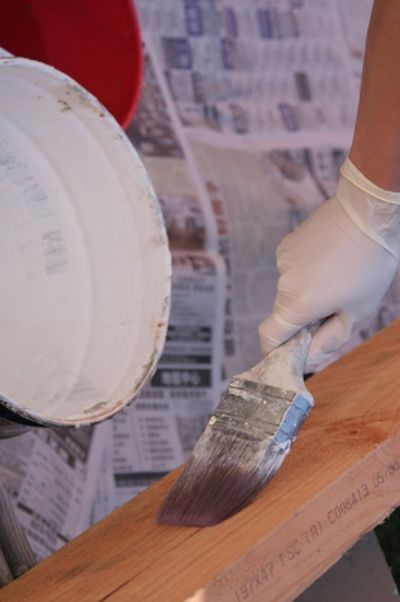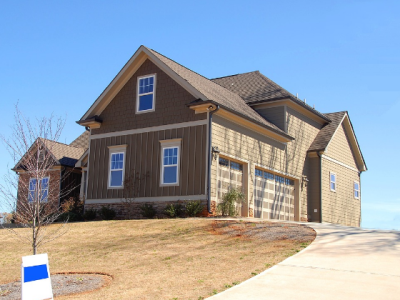How to Improve Your Residential Property’s Flood Proofing

Climate change and the extreme weather events it brings have increased the risk of flooding for homes everywhere.
As global temperatures rise, sea levels get higher and storms bring torrential rain to more and more regions. This puts more homes in danger of flooding, even ones in areas that haven’t previously experienced it.
For example, in the United States alone, 15 million homes are at risk of being flooded. This is a whopping 70 percent higher than estimates from government agencies.
Because of the increasing prevalence and savagery of floods in recent years, the cost of repairing properties has also gone up.
The High Cost of High Water
Homeownership has inevitable costs. Aside from the price of buying home and land packages, you’d also have to keep maintaining the property.
Natural disasters like floods can cause damages that could have price tags that range from mild inconvenience to potentially ruinous. Depending on the severity of the flooding, you could be looking at thousands of dollars worth of damages.
According to home maintenance experts, if your basement gets flooded by more than one inch of water, you could rack up over $4,000 to have the water removed professionally.
Aside from the cost of getting the water drained, you also have to contend with the structural damage floods are sure to inflict on your property. Drywall will have to be replaced, the foundation will have to be inspected for destabilization and you’ll also need to check the electric components for safety.
The damage will also extend to your belongings. Appliances like your boiler, washing machine, and computers will undoubtedly be damaged beyond repair if you let floodwaters reach them.
Then there are the lost wages because you’ll undoubtedly have to miss work to oversee repairs. It’s not surprising that flood damages around the world in a single month came up to over $8 billion.
How to Flood Proof Your House
If you want to protect your home from intense flooding or even just reduce the effects such events can have on your property, the best course of action is to improve your floodproofing.
Here are 5 different methods you can use to reduce the effects of heavy flooding on your home. However, if this is something you don’t want to take on yourself you may want to contact a professional at 1-800 Water Damage Restoration.
Elevate Entire Property
Admittedly this tactic will work better and be significantly less expensive if you use it before you build your home.
If you’re looking for a home in a flood-prone area, you can include elevation in your house hunting checklist. Property elevation can mean the house sits on top of a small mound like a hill.
Or it could mean the entire home stands on stilts like certain beachfront properties. This will make it difficult for floodwaters to infiltrate the interior of the home.
Install Basement Pumps
If you cannot afford to elevate the entire property, you could ensure that low-lying areas of your home, especially the basement, remain as dry as possible.
There are many important appliances stored in the basement, like your boiler and heating systems. Protect the machines as well as the integrity of your home’s foundation by installing powerful pumps that can siphon floodwater out of the basement.
Build Floodwalls
Pumps can protect your basement from light or moderate flooding, but they aren’t effective if the sewers or drains they dump water into are flooded as well.
Heavy flooding can damage your foundation as it saturates the soil. In these cases, you may need to use physical barriers known as floodwalls to prevent water from reaching your home.
If your property faces a nearby waterway like a creek or river, you may find it prudent to build ramparts and walls. These structures can prevent water from flooding from spilling into your property.
Raise Essential Components
As an added precaution, you should also try to raise the important parts of your home. If your area is flood-prone or has become flood-prone over the years, you should start elevating things like the boiler from the basement.
You can also make sure electric sockets on the first floor are raised higher than usual to prevent mild flooding from ruining your home’s electricity.
Other important components like your home’s water heating unit and central air conditioning units can also be raised to the second floor if needed.
Change Your Landscaping
Finally, you can use the landscape to your advantage. Instead of putting down concrete around your property, which doesn’t absorb water, use soil and grass.
You can also create rain channels along with your landscaping, creating new paths for water to flow through. Channel the water to the nearest drainage pipe. Trees and large plants can also help increase the absorbent property of your yard and prevent low floods.
Your home is one of the most valuable assets you’ll ever own and thus it needs to be protected at all costs. Defending your house from floods is just one way you can preserve the price and integrity of your property.




![4 Barriers to Home Ownership You Can Overcome [Infographic]](https://stumbleforward.com/wp-content/uploads/2013/11/real_estate_hype.jpg)

